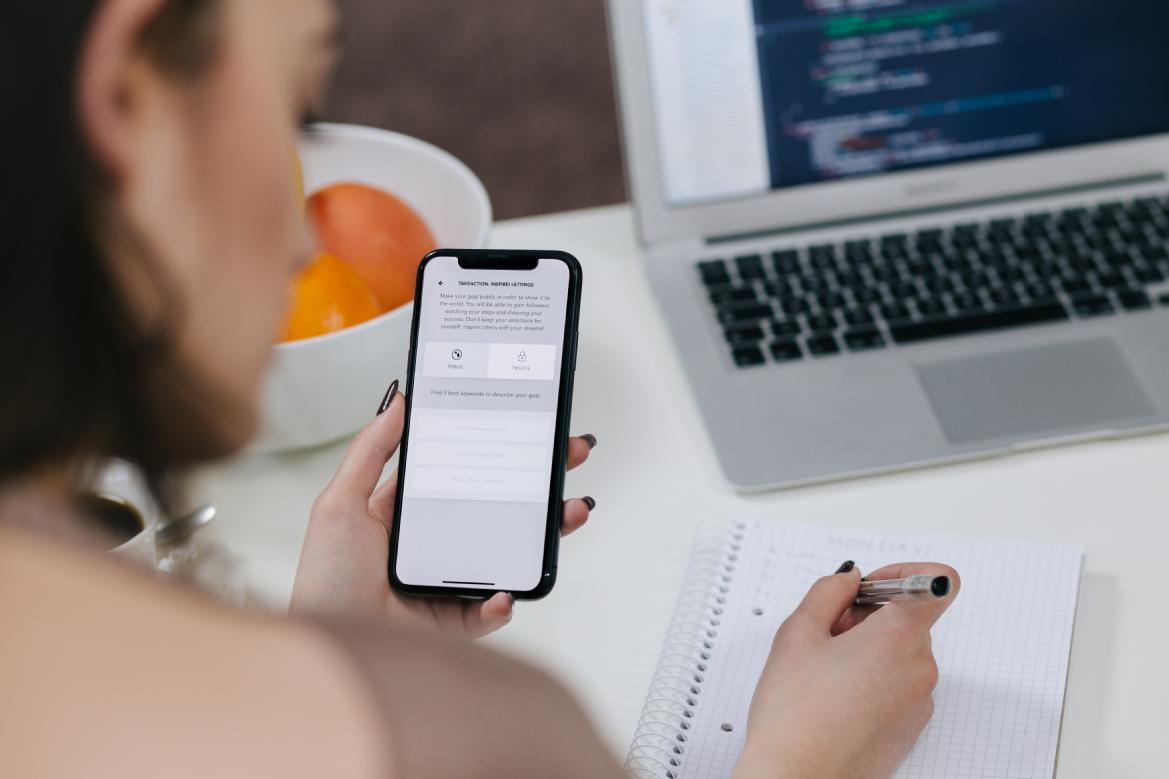Summary
The use of electronic devices can be disruptive in any learning environment, despite their utility to some students (i.e., note taking, vocabulary support of ESL etc.). However, non-essential use of personal devices (e.g., mobile phones, social media monitoring) in class, can be especially counterproductive- disturbing not only the student, but their learning environment ‘neighbours’ and ultimately, their instructors. This pedagogy involves requesting ‘radio silence’ -except for emergency or pre-arranged academic reasons, gives a theory-driven rationale for the request, and also facilitates student choice in response to the request.
Theory
There is widespread popular misunderstanding of the ‘multitasking’ concept; in our modern environment we are surrounded by competing stimuli, demanding simultaneous focus and action. By practising our ability to switch rapidly between these stimuli, attending to some and inhibiting others, we can convince ourselves we are able to do many things at the same time. However, this is not entirely accurate in terms of the underlying information-processing occurring in the brain.
Throughout the cognitive psychology literature (e.g., memory, attention, thinking, reasoning etc.) there are numerous examples of how higher order cognitive resources are capacity limited- in other words, such complex cognitive functions are heavily resource-demanding, and undertaking other tasks/ processing other stimuli can impair performance in one or both tasks (i.e., the dual task deficit). In an academic context, the effects of increased cognitive resource demand might not be limited to the individual who is ‘dual-tasking’ (i.e., the impact may be experienced by others in the environment), or whether the additional load is high (e.g., a simple/complex task, within conscious awareness or not).
One of the most common examples might be that, if someone checks the messages on their phone- even surreptitiously or out of habit, they are very unlikely be able to perform other tasks (e.g., listening to lecture content, taking notes, considering questions) as effectively. Further, this impairment may be experienced by others in the learning environment (i.e., noticing their actions, distracted by movement/noise/light changes).
Measurable Benefits
- Clear, mutually agreed ‘housekeeping’ rules for the learning environment.
- Building sense of reciprocal responsibility and community.
- Acknowledging learning differences/ accessibility needs within the whole group.
- Transparency of instructor and student expectations of courtesy/acceptable activities within that learning context.
How it Works
- Highlighting the ‘policy’ at the outset of the module/class, clearly, confidently & with humour.
- Explaining the rationale for the pedagogy, & relating it to impact on both individuals & group.
- Outlining possible exceptions to the policy (e.g., family emergencies, academic use) & actions to be taken (i.e., briefly informing instructor before class starts, maintaining privacy).
- Detailing how the instructor intends to respond if the policy is not complied with (i.e., student will be asked to stop.
- Ensuring message is presented via more than one information channel (i.e., verbally, in lecture slides, moodle information)- and repeated as necessary.
- Emphasizing student choice- e.g., free to leave environment to undertake alternative task, and return- and mutuality of policy implementation within whole learning community.
Practical Example
The operation of this pedagogical tool has worked well in a number of instances:
After initial notification of the request, students have 1) notified me at the start of particular sessions that they are expecting emergency contact (e.g., medical news, childcare issues), 2) have requested permission to use their phones to check vocabulary (e.g., visiting or international students), and 3) have left the learning space to take important calls/send important messages.
Where students have not complied, typically I will 1) pause during the lecture and make eye contact with the student in question, 2) speak privately to the student (off microphone) when the group is engaged in non-lecture work, or 3) wait until the class is finished or another break is reached to request compliance. The initial information makes it clear that if any student continues to disrupt the learning environment (and this has an impact on other students), they may be asked to leave to take the call etc.
I have had several instances of positive reception of this policy from students in module feedback.
Additional Information
Typically, I add these details to a ‘housekeeping’ slide to the start of the first lecture of a module, into general module information on moodle and in my first module forum post.
Individual Perspective
Some colleagues do not mind when students use personal electronic devices. Being honest, this challenges my concepts of courtesy/respect, but more importantly here, impairs my ability to conduct a session effectively. I have a chronic health condition which includes sensory hypersensitivity- I find it difficult to suppress visual, auditory or other sensory distractions within the room. I am open with students about how these health issues relate to the policy, but also emphasize 1) the principle is well-established within cognitive psychology, and 2) I attach high importance to my role in promoting the best possible learning environment for students.
Additional Resources
General Information on ME/CFS:
https://meassociation.org.uk
https://meassociation.org.uk/about-what-is-mecfs/symptoms-testing-assessment/#Part%201
General Information on Cognitive Psychology:
https://www.simplypsychology.org/cognitive.html
Example Studies on Dual Task Deficit:
https://journals.plos.org/plosone/article?id=10.1371/journal.pone.0118216
https://www.frontiersin.org/articles/10.3389/fnint.2018.00067/full

